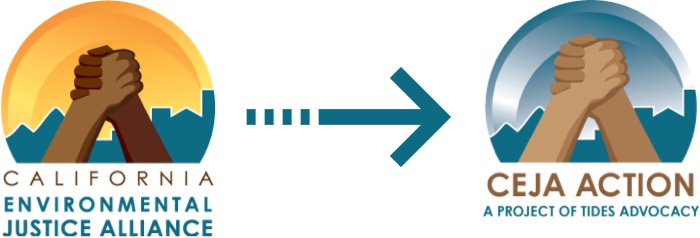SB 1000 Toolkit: Planning for Healthy Communities
Download our full SB 1000 Toolkit below.
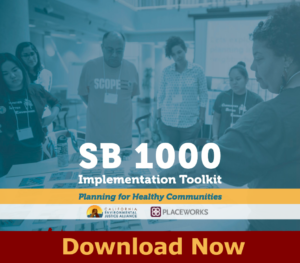 A history of poor and discriminatory land use practices has put the majority of polluting industries in the backyards of the most disenfranchised local communities, right next to homes and schools. Consequently, low-income communities and communities of color are more likely to suffer from exposure to toxic chemicals, leading to higher rates of asthma, birth defects and cancers. For years, CEJA has been advancing state legislation to remedy these environmental injustices.
A history of poor and discriminatory land use practices has put the majority of polluting industries in the backyards of the most disenfranchised local communities, right next to homes and schools. Consequently, low-income communities and communities of color are more likely to suffer from exposure to toxic chemicals, leading to higher rates of asthma, birth defects and cancers. For years, CEJA has been advancing state legislation to remedy these environmental injustices.
Equitable land use planning is now more likely to become a reality through SB 1000, “The Planning for Healthy Communities Act”, authored by Senator Connie Leyva and co-sponsored by the California Environmental Justice Alliance (CEJA) and the Center for Community Action and Environmental Justice (CCAEJ) in 2016. Under SB 1000, cities and counties are required to adopt an Environmental Justice element, or integrate EJ-related policies, objectives, and goals throughout other elements of their General Plan. The bill also includes a process for communities to become meaningfully involved in the decision-making processes that govern land use planning in their neighborhoods.
The SB 1000 Implementation Toolkit, prepared collaboratively by CEJA and PlaceWorks Inc., is a guidance document intended for local governments, planners, community-based organizations, and other stakeholders who will be working to develop an Environmental Justice Element or a set of environmental justice policies for their General Plans to meet the requirements of SB 1000. Download the Executive Summary here.
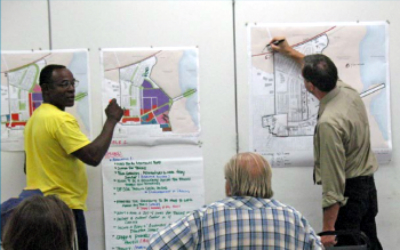 This toolkit provides background information on the requirements of SB 1000, then walks users through a process to identify “disadvantaged” or “EJ” communities with the most current tools. The toolkit also provides best practices for promoting meaningful community engagement throughout the EJ planning process, and guidance on how to develop environmental justice objectives and policies in General Plans. Finally, this resource presents five case studies to showcase different approaches on planning for environmental justice across California and considers potential funding sources to support local governmens’ work on an Environmental Justice Element or related policies. Taken as a whole, this toolkit aims to help governments fulfill the requirements of SB 1000 and develop an environmentally just General Plan that addresses the needs of disadvantaged and EJ communities as well as helping to ensure legal defensibility.
This toolkit provides background information on the requirements of SB 1000, then walks users through a process to identify “disadvantaged” or “EJ” communities with the most current tools. The toolkit also provides best practices for promoting meaningful community engagement throughout the EJ planning process, and guidance on how to develop environmental justice objectives and policies in General Plans. Finally, this resource presents five case studies to showcase different approaches on planning for environmental justice across California and considers potential funding sources to support local governmens’ work on an Environmental Justice Element or related policies. Taken as a whole, this toolkit aims to help governments fulfill the requirements of SB 1000 and develop an environmentally just General Plan that addresses the needs of disadvantaged and EJ communities as well as helping to ensure legal defensibility.
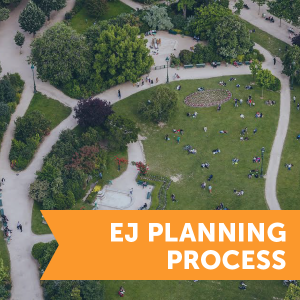
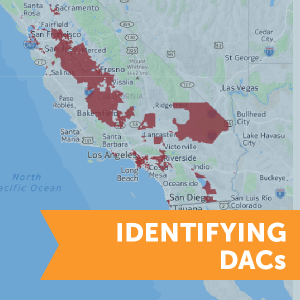
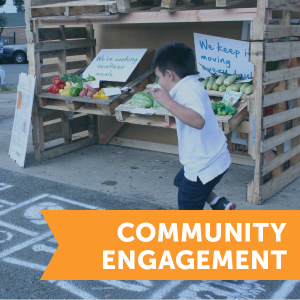
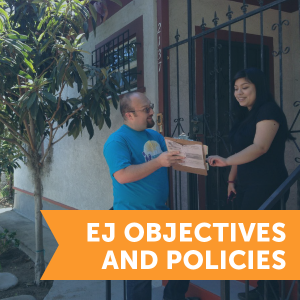
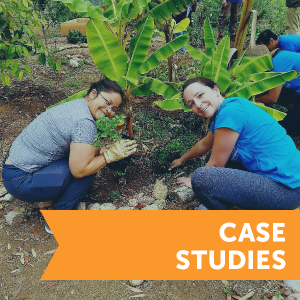
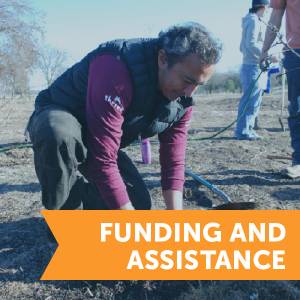
Some of the features of the SB 1000 Implementation Toolkit include:
- Introducing planning processes to the community. How to explain to the public and decision-makers what the process is intended to accomplish and how the community will be involved.
- Identifying disadvantaged communities. Learn how CalEnviroScreen and other statewide or regional resources to identify DACs can be used as tools that can be easily navigated by local planners.
- Engaging the community. We show how engagement can be accessible, transparent, and responsive to all stakeholders, and how to use a range of creative strategies to include all voices, such as storytelling, walking tours, social media, listening sessions.
- Developing goals, objectives, and policies. How to address topics such as pollution exposure, air quality, food access, public facilities, and programs that prioritize the needs of disadvantaged communities.
- Refining and adopting EJ goals, objectives, and policies. With this toolkit, planners can begin to revise or draft an EJ Element incorporating community and decision-maker feedback.
This toolkit will ensure that local governments and community residents can work together to proactively plan for and address environmental justice concerns at the outset when developing the long-term goals, policies, and visions to guide the future growth of their cities. Our hope is that this toolkit will provide useful strategies to prevent the unhealthy mix of industry, homes, and residents, and promote policies that improve the health and well-being of our state’s most vulnerable communities.
Toolkit Download Form
This project was funded in part by the California Department of Public Health.

